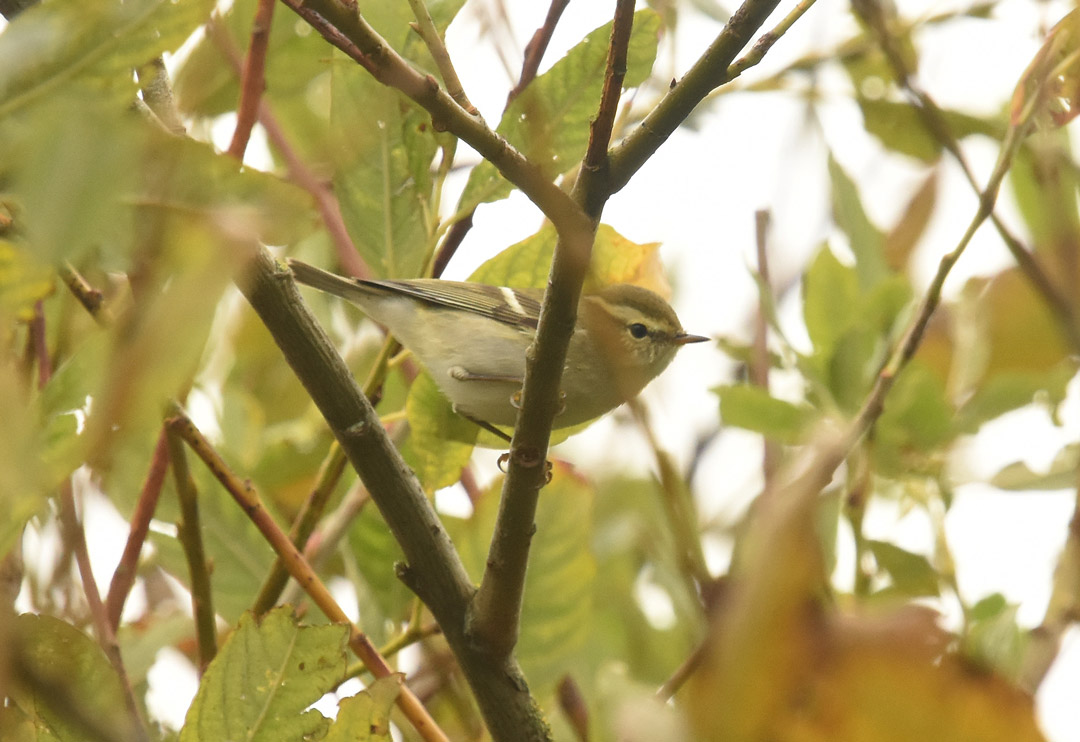BTO create and publish a variety of important articles, papers, journals and other publications, independently and with our partners, for organisations, government and the private sector. Some of our publications (books, guides and atlases) are also available to buy in our online shop.
Annual report of the Seabird Monitoring Programme
Seabird Population Trends and Causes of Change: 1986–2023
This report presents the latest seabird population trends in breeding abundance and productivity using data from the Seabird Monitoring Programme (SMP).
The report documents changes in the abundance and productivity of breeding seabird species in Britain and Ireland from 1986 to 2023, and provides a detailed account of the 2021, 2022 and 2023 breeding seasons.

Search settings
Reversing declines in farmland birds: how much agri-environment provision is needed at farm and landscapes scales?
Author: Sharps, E., Hawkes, R., Bladon, A., Buckingham, D., Border, J., Morris, A., Grice, P. & Peach, W.
Published: 2023
Agriculture is a major driver of global biodiversity decline. One policy mechanism being used to address the impacts of agriculture is the use of financial incentives, encouraging landowners to farm in a way that benefits biodiversity. Within Europe, this approach is delivered through agri-environment schemes (AES). The effectiveness of these schemes has been examined, highlighting mixed benefits for biodiversity generally and for specific taxonomic groups, but our understanding is incomplete. A significant knowledge gap is the amount of AES provision that is needed within a landscape to deliver the hoped-for biodiversity outcomes. This paper addresses this knowledge gap for farmland birds in the UK.
04.01.23
Papers
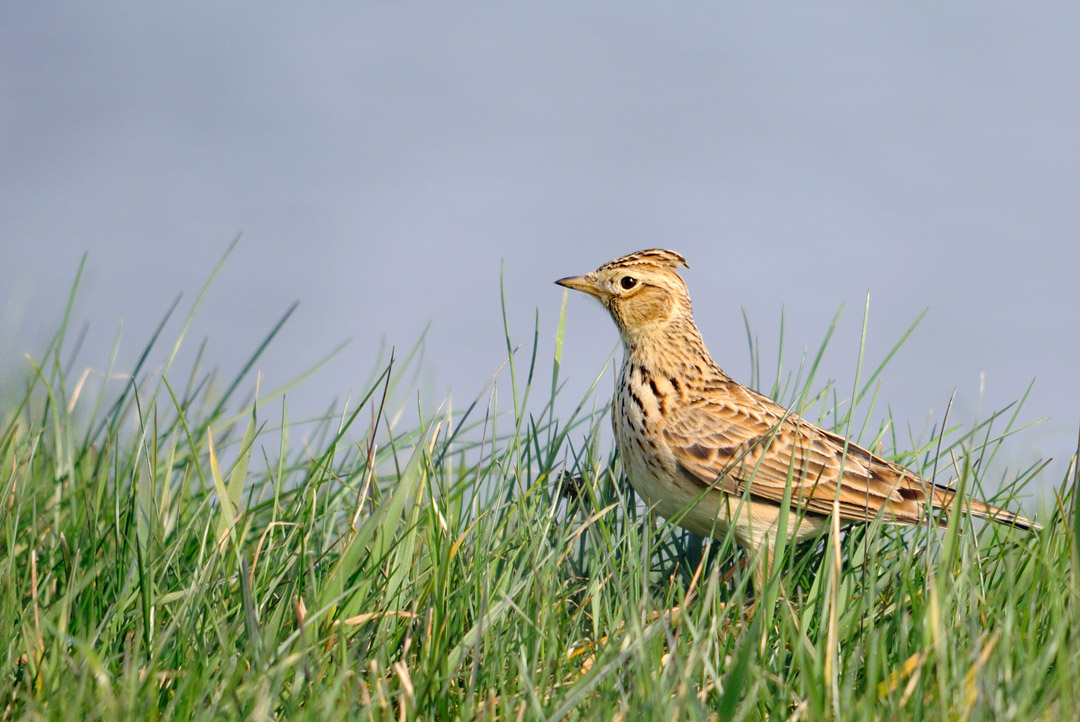
Nest survival of threatened Eurasian Curlew (Numenius arquata) breeding at low densities across a human-modified landscape
Author: Ewing, H., Franks, S., Smart, J., Burton, N. & Gill, J.A.
Published: 2022
When species are in decline, it is sometimes appropriate for humans to step in and support them using management actions. To ensure these actions are effective, they must target the factors influencing the population decline (breeding productivity and/or survival), in the appropriate places, at the appropriate times, using the appropriate tools. Targeted management actions have been used effectively to restore a number of rare and localised species, however, understanding how best to target management for widespread but declining species, such as the Curlew, is likely to be more challenging.
29.12.22
Papers
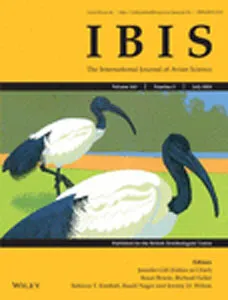
Using satellite data to assess spatial drivers of bird diversity
Author: Hunt, M.L., Blackburn, G.A., Siriwardena, G.M., Carrasco, L. & Rowland, C.S.
Published: 2022
24.12.22
Papers
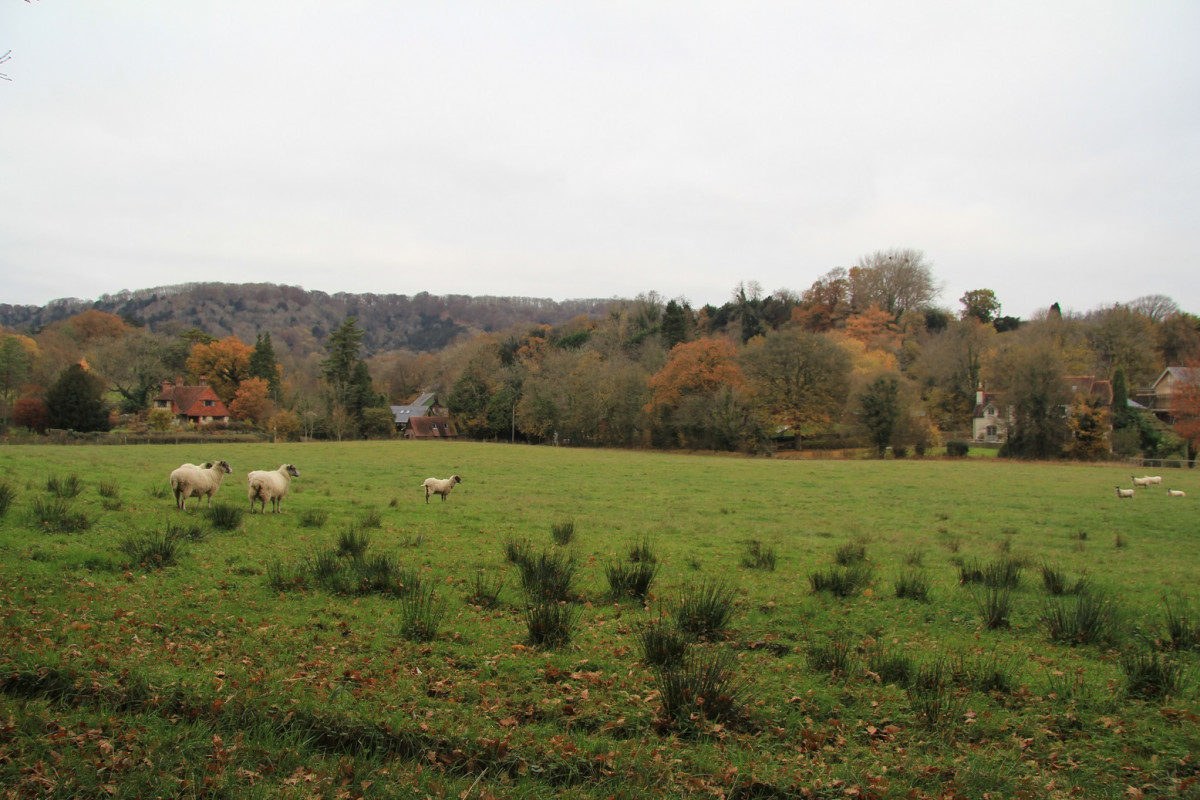
Development of a prototype early warning system for avian influenza in the EU based on risk-mapping
Author: Gargallo, G., Davies, J.G., Faverjon, C., Kampichler, C., Baillie, S.R., Cameron, A., Robinson, R.A. & Sierdsema H.
Published: 2022
Outbreaks of highly pathogenic avian influenza (HPAI) have had a significant impact on the poultry industry and certain wild bird populations. Understanding the factors that lead to outbreaks is an important component of tackling the disease. The movements of migratory waterfowl have been linked to the spread of avian influenza, raising the question of whether existing data on bird movements could be used to develop an early warning system for the disease.
16.12.22
Papers
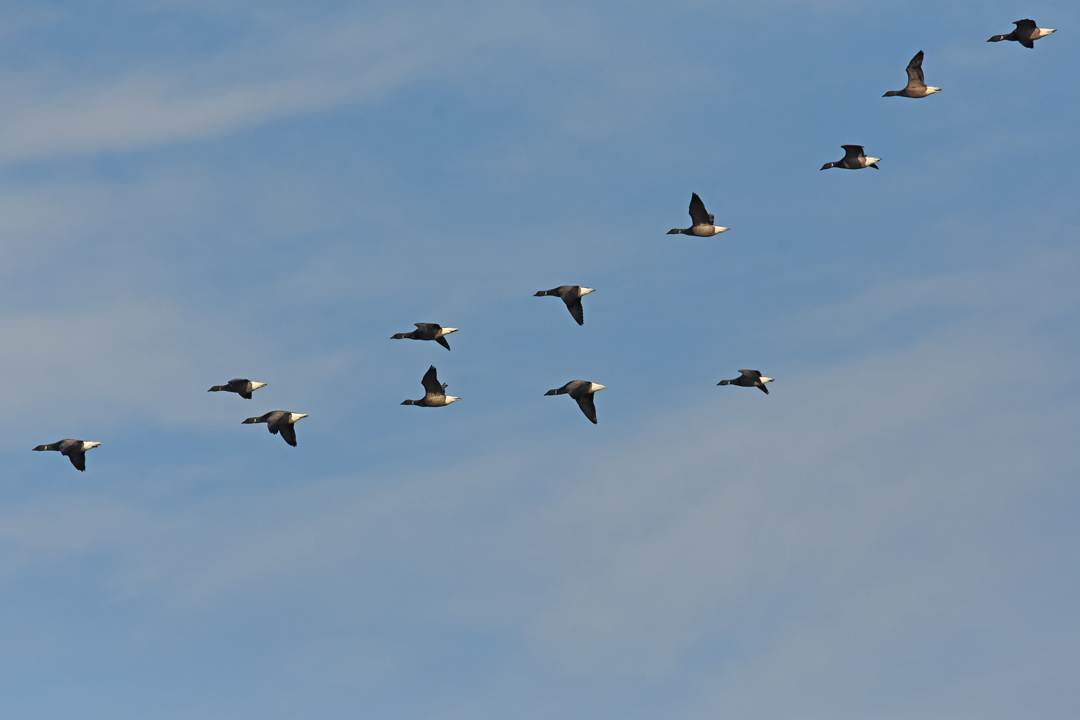
The Yellow-browed Warbler (Phylloscopus inornatus) as a model to understand the mechanisms of vagrancy and its potential significance for the evolution of new migratory routes
Author: Dufour, P., Åkesson, S., Hellström, M., Hewson, C., Lagerveld, S., Mitchell, L., Chernetsov, N., Schmaljohann, H. & Crochet, P-A.
Published: 2022
Why and how new migration routes emerge remain fundamental questions in ecology, particularly when viewed in the context of the current climate and biodiversity crises. We have already seen changes to migratory behaviour in some species, both in terms of the timing of movements and routes used, but identifying such changes at their earliest stage can be especially challenging, as this paper reveals.
15.12.22
Papers
